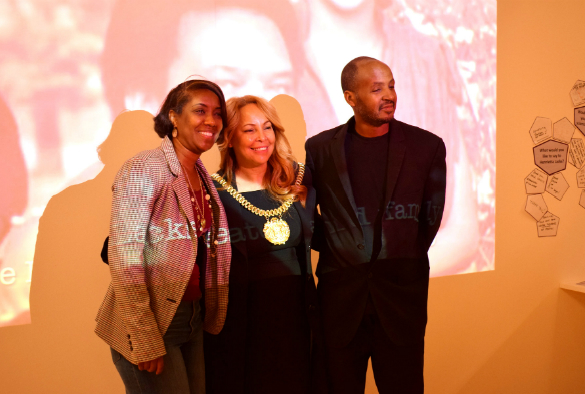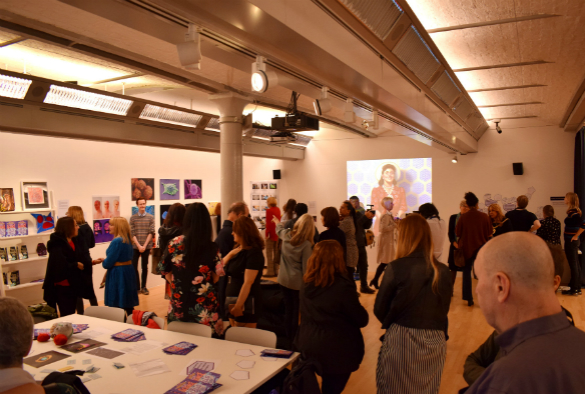Last week marked the anniversary of the death of Henrietta Lacks, whose cells changed medical research forever.

Henrietta’s incredible story is being told through art, science, storytelling and documentation as part of a special installation organised by the North West Cancer Research Centre and hosted at Tate Liverpool this week (30 September – 6 October), in partnership with Eclipse Theatre Company and Liverpool-based artist Faith Bebbington.
Henrietta was an African American woman who died of an aggressive form of cancer on 4 October 1951. While she underwent treatment, a sample of her cancer cells was taken without her consent. Following Henrietta’s death, discoveries made using her cells changed medical research forever. Known as HeLa, the cells have allowed scientists to make significant breakthroughs in the diagnosis, treatment and prevention of cancer, polio, HIV and many other diseases.
The question of how and whether her race affected her treatment, the lack of obtaining consent, and her relative obscurity, continues to be controversial. Henrietta’s story has been the subject of news articles, documentaries, a book and also a film starring Oprah Winfrey.
To help mark the beginning of Black History Month, and the anniversary of Henrietta’s death, the organisers invited two of Henrietta’s grandchildren to come to Liverpool to visit the ‘Who Wants to Live Forever’ exhibition and to meet with University of Liverpool scientists who are working with her cells as part of their cancer-related health research.
Jeri Lacks Whye and David Lacks Jr. visited the installation and spoke with artists and scientists inspired by their grandmother’s story. They were joined by Councillor Anna Rothery, who recently made history when she became the first black Lord Mayor of Liverpool.
During their trip, Jeri and David also visited the North West Cancer Research Centre at the University of Liverpool and the Liverpool Women’s NHS Foundation Trust to meet clinicians and scientists to learn more about the work being done in Liverpool to improve diagnosis and treatment of cancer. The family also met local patients and cancer survivors who have benefitted from discoveries made using HeLa cells.
This was the first time Henrietta’s family members have attended an event in their grandmother’s honour outside of the US.
Jeri Lacks Whye said: “We have been so delighted to visit Liverpool and witness how HeLa cells are helping scientists all over the world to help beat cancer and many other diseases. This is the first time our family has been invited to an event of this type outside of the US and to see all of the incredible artwork inspired by our grandmother’s story has been quite profoundly moving.”
Professor Sarah Coupland, Director of the NWCR Centre, said: “The Installation that we organised together with the Tate Liverpool, Eclipse Theatre Company, regional professional artists and the Lacks family was a very successful and powerful event, which allowed us to communicate several messages simultaneously regarding scientific ethics, scientific progress, screening, vaccination and public health. Like Henrietta, the Lacks have captured our hearts, and will remain here in Liverpool forever.”
Saphena Aziz from the Eclipse Theatre Company said: “The Eclipse Theatre Company celebrates the work of Black and Asian creatives in the North, so to be part of creating something to celebrate the life and legacy of Henrietta Lacks and to meet her family was an absolute honour and privilege. Her story is too important to be ignored.”

The ‘Who Wants to Live Forever’ installation ran until 6 October at Tate Exchange Liverpool. For more information please visit the Tate website.
Credit to University of Liverpool for this story.
